Professional Courses
Industry-relevant training in Business, Technology, and Design
Categories
Interactive Games
Fun games to boost memory, math, typing, and English skills
Typing
Memory
Math
English Adventures
Knowledge
Your CBSE Admit Card Explained: A Step-by-Step Guide for Students
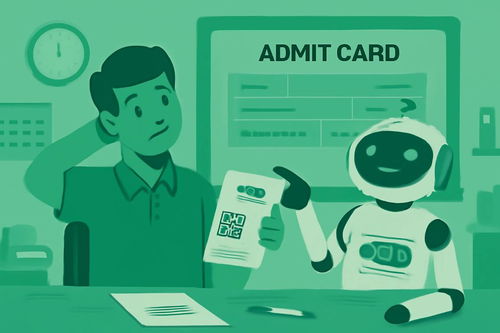
Getting your CBSE Admit Card is one of the most important steps before your exams. Whether you are in CBSE class 10 or CBSE class 12, you will need this document to enter the exam hall. This guide will walk you through everything you need to know. From how to get it to what to check and what to carry on exam day. You will also see how AllRounder.ai can help you prepare while you manage your admit card journey.
Why the CBSE Admit Card Is So Important
Your CBSE Admit Card is like your ticket to the exam hall. Without it, you cannot write the board exams. It also verifies your name, roll number, and other key details. It lists your subjects, exam dates, and the centre address. It even displays your photo and signature. This makes it a key identity document. It also contains important exam day instructions. So you must take care of it from the moment you receive it.
When is the Admit Card Released?
CBSE releases the admit cards by late January-early February for both CBSE class 10 and CBSE class 12 students. Regular students get it through their schools. Private candidates must download it from the board website. The documents are made available well ahead of exam dates to avoid delay.
Who Gets the Admit Card and How
For Regular Students
If you are studying in a CBSE affiliated school you do not need to download the document yourself. Your school authorities will download the admit cards using the Pariksha Sangam portal. This is a secure platform provided by CBSE. School admins log in with their credentials and print the admit cards for students. They stamp and sign each admit card before handing it to students. You should collect it from your school once it is distributed.
For Private Candidates
Private students must download the admit card from cbse.gov.in. You have to choose the link for private candidates. Then enter either your application number, your previous roll number or your name. You must complete a captcha and click submit. Then you can view and download your CBSE Admit Card for class 10 or class 12. You should print it in colour and keep a copy safe.
What Details Appear on the Admit Card
You must check every detail carefully. The admit card contains:
- Student name and parent names
- Roll number and the Admit Card ID
- Date of birth and photograph
- Class (10 or 12) and school or private candidate status
- Exam centre name and code with address
- Subject names and subject codes
- Exam dates with timings and reporting time
- Instructions and rules to follow on the day
The Admit Card ID is a unique six‑digit code. You will need that after the exams to view your results and mark sheet online. Keep it safe.
How to Make Sure It Is Correct
Once you get the card, you should check carefully:
- Is your name spelled correctly?
- Do you have the right class (10 or 12)?
- Are your subjects and codes correct?
- Does the centre address match the one you chose?
- Is your photo clear and recognizable?
- Are the exam dates in order?
If you see any error, you must report it at once. Regular students should inform school officials. Private students can contact their CBSE regional office or helpline. Mistakes left uncorrected can lead to serious trouble on exam day. So get it fixed as soon as possible.
What to Prepare for Exam Day
Here is a list you must carry with your admit card on exam day:
Allowed:
- Your printed CBSE Admit Card
- Valid photo ID like Aadhaar or school ID
- Clear water bottle and transparent stationery pouch
Not Allowed:
- Mobile phone or smartwatch
- Notes or printed pages
- Electronic devices or calculators
- Bags or jackets
Check your school uniform if required. Students must arrive at least 30 minutes before the reporting time, which usually starts at 10:00 AM. Exams begin at 10:30 AM. Starting times and dates remain the same for both class 10 and class 12 students.
CBSE Exam Dates at a Glance
- CBSE class 10 exams begin on February and end on March
- CBSE class 12 exams also begin on February and run until late March - Early April
- Exams are held in a single shift starting at 10:30 AM at centres across India and abroad
- More than 44 lakh students from over 8000 schools are set to appear next year
If You Need a Duplicate Admit Card
Lost your admit card or it is damaged? You can get a copy easily:
- Regular students should ask their school. School admins can log in and print another copy.
- Private candidates can log back into the CBSE portal and download again. You can print as many copies as you need.
- If the portal does not work or your credentials don’t work, contact CBSE helpline or regional office immediately to fix the issue before the exam date.
What Happens After Exams
After exams conclude CBSE will release Class 10 results around May. They are expected to declare the Class 12 results also around May. The overall pass rate should improve beyond 88 percent. You will need your:
- Roll number
- School code if you are a regular student
- Admit Card ID (six‑digit code)
to view your result online. Results become available on cbse.gov.in, Digi Locker, or the UMANG app. You need digital access codes to retrieve your credentials securely. Your admit card must be kept safe until you get your final certificates.
Supplementary or Improvement Exams
If you plan to appear in supplementary exams usually held in July, you will receive a new supplementary Admit Card. Schools will issue these through the CBSE portal. Private candidates can download their own using the same portal, but choosing the supplementary track. Exams begin around mid-July . Make sure to check details and follow the same checking process for errors and accuracy before the exam day.
How AllRounder.ai Supports Your Admit Card Journey
While you sort out your CBSE Admit Card, you also need focused revision. That is where AllRounder.ai can help. The platform offers:
- Mock tests timed to match board exam slots
- Chapter quizzes aligned with CBSE syllabus
- Flashcards for quick theory checks
- Performance tracking to spot weak areas
- Error analytics to avoid repeat mistakes
You can use links like:
Using AllRounder.ai helps you feel confident after the admit card phase is settled. It keeps your revision focused and manageable.
Tips to Keep Your Admit Card Safe
- Print at least two copies and store them in different places
- Always keep the admit card in a sturdy folder
- Do not fold it or write on it
- Keep one copy safe until results are out
- Also keep your Admit Card ID noted digitally somewhere
These steps reduce stress and help if something goes wrong.
What to Do If Exam Centre Changes
Occasionally, CBSE or your school may change exam centres or schedules. Always check the final admit card. If you see a new centre you must figure out the route one day before at least. Visit it if possible. Talk to your school if the location is too far or incorrect. This early check helps avoid confusion on exam morning.
Very Common Student Questions Answered
-
Can a regular student download their own admit card online?
No. Regular students must get it from the school. -
Can private candidates print multiple copies?
Yes. You may download and print as needed. -
What if my photo is blurry?
Ask your school to reprint. Private candidates can re‑download. -
Do I need to carry a digital copy?
No. CBSE only accepts printed copies. -
Is my Admit Card ID needed after exams?
Yes. You must use it to access results online or via Digi Locker. -
Will there be a separate admit card for practical exams?
Usually no. The same admit card covers both theory and practical sessions.
Final Exam Day Checklist
- Printed CBSE Admit Card in colour
- A valid photo ID (Aadhaar or school ID)
- One extra admit card copy
- Water bottle and stationery in transparent pouch
- Check the exam centre the day before
- Arrive at least 30 minutes early
- Sit calmly, follow rules printed on the card
Keep calm and focus. You are well prepared to handle the exam smoothly.
Final Thoughts
Your CBSE Admit Card is essential from start to finish. It verifies who you are, where you go, and what you write. For both CBSE class 10 and class 12, this card must be accurate and safe. Get it early. Check all details carefully. Prepare backup copies and follow the exam rules printed on it.
At the same time, use AllRounder.ai to stay focused and confident in your revision. The admit card brings structure, while AllRounder.ai brings progress. Together, they help you feel ready when the big day arrives.
Good luck. You have done your part. Now walk into the exam hall with clarity and calm.
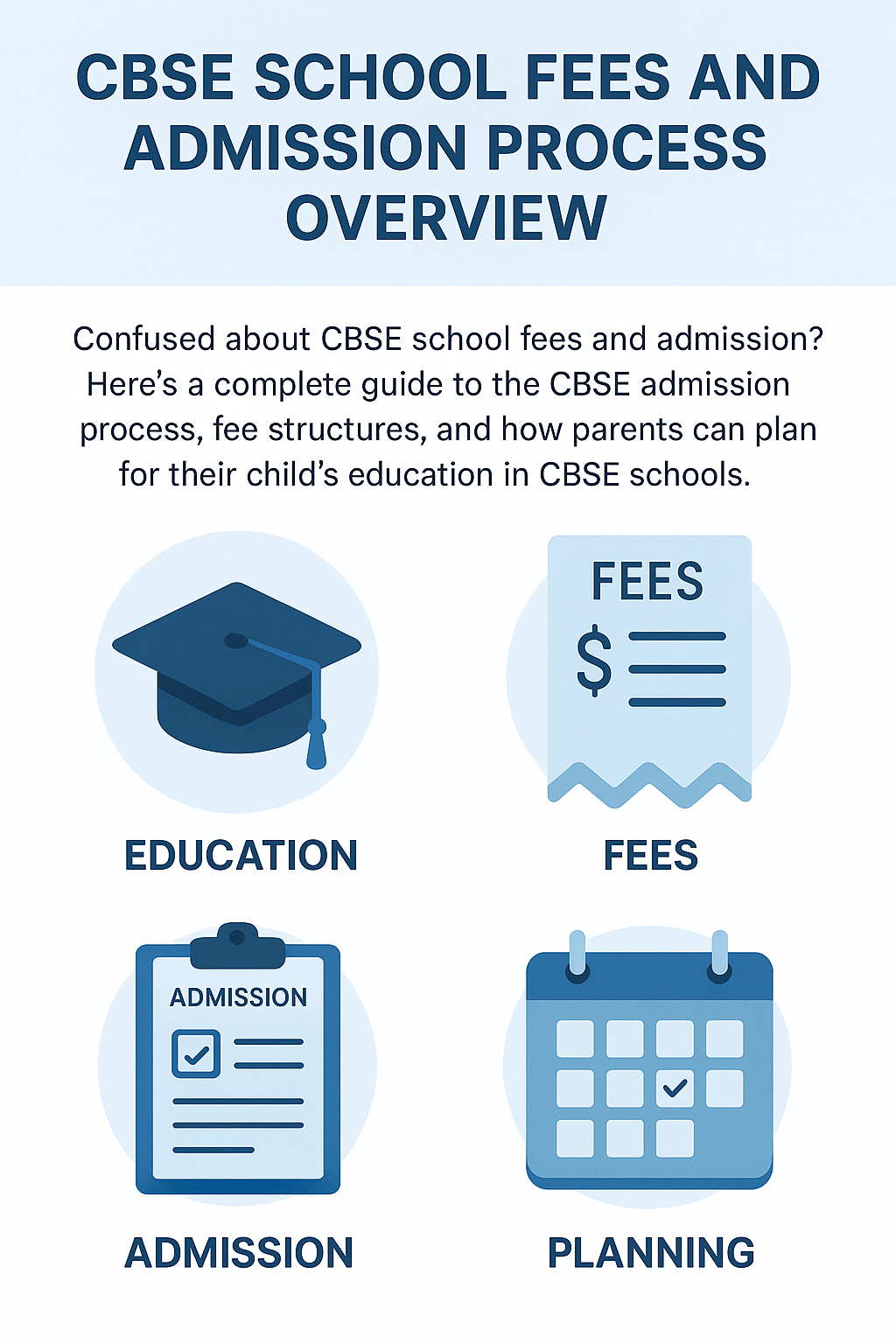
Confused about CBSE school fees and admission? Here’s a complete guide to the CBSE admission process, fee...
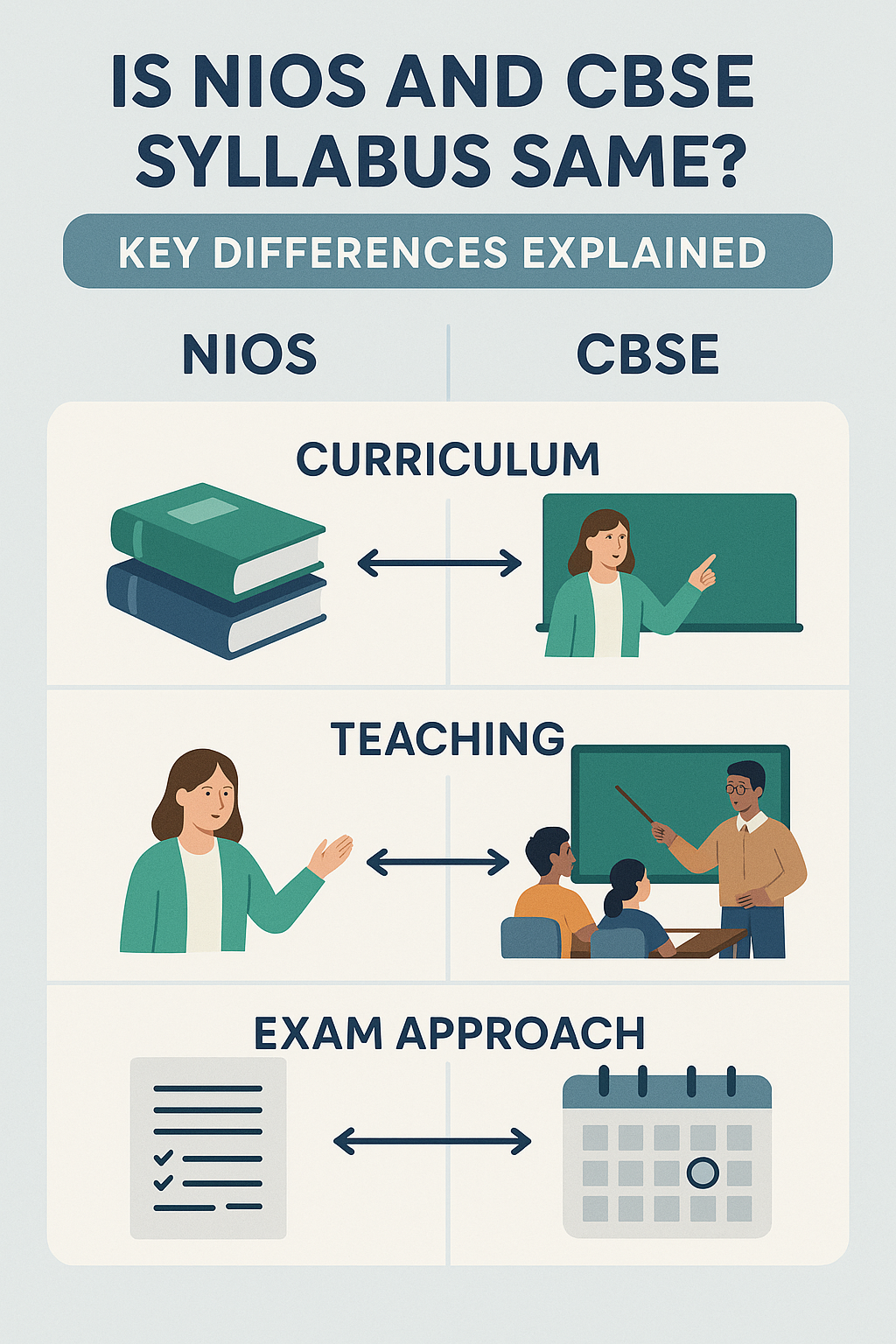
Is NIOS and CBSE syllabus same? Discover the key differences in curriculum, teaching, and exam approach. Learn how...
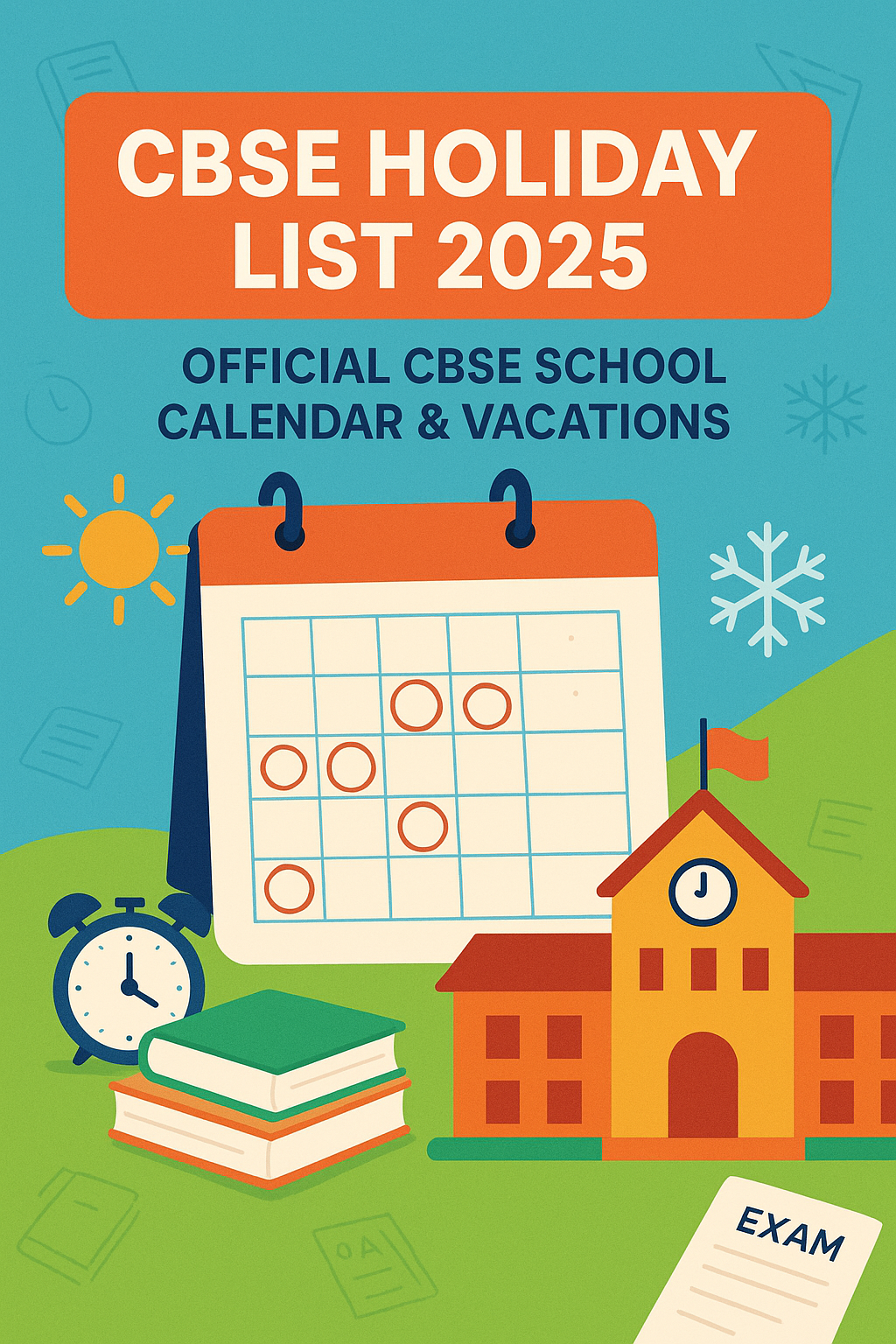
CBSE Holiday List 2025: Explore the official school calendar, national & regional holidays, summer & winter...
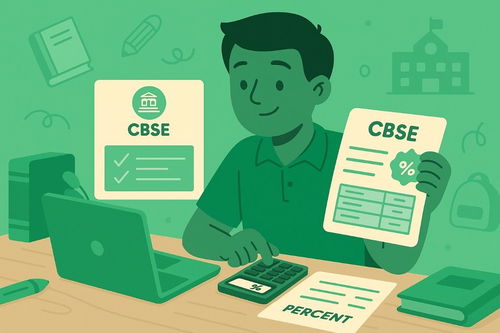
Learn how to calculate your CBSE 12th percentage from your marksheet using the official formula with a simple...
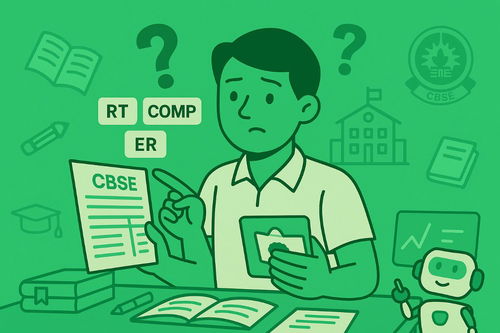
Confused about RT, COMP, and ER on your CBSE marksheet? Learn their meanings, reasons, and what steps you should...
Learn everything about the CTET exam for aspiring CBSE school teachers, including eligibility, syllabus, preparation...
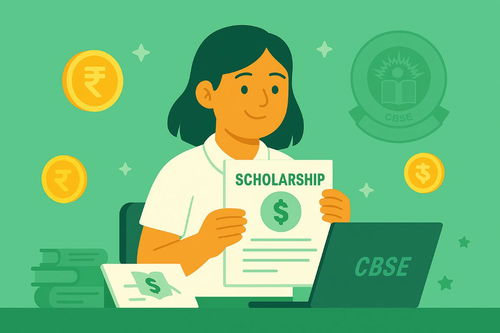
Looking to apply for the CBSE Single Girl Child Scholarship Scheme? Learn eligibility, documents, application steps,...

Discover everything parents and students need to know about the CBSE Class 9 registration process, including...
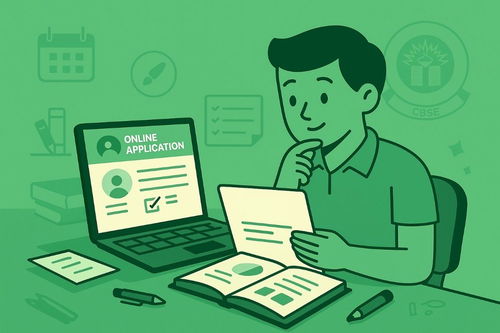
Learn everything about the CBSE private candidate application process and rules. Understand eligibility,...

Confused about the CBSE answer key? This guide explains how to access it, interpret it, and use it to analyse your...

Confused about how CBSE re-evaluation or re-checking works? This guide explains eligibility, steps, fees, deadlines,...

Discover how to use the CBSE Academics website to access important resources like curriculum, sample papers, and...
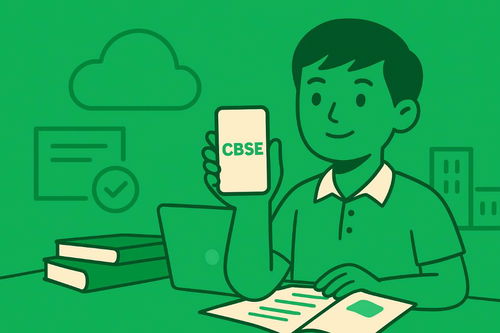
Learn how to easily access your CBSE marksheets and certificates using DigiLocker. This step-by-step guide helps...
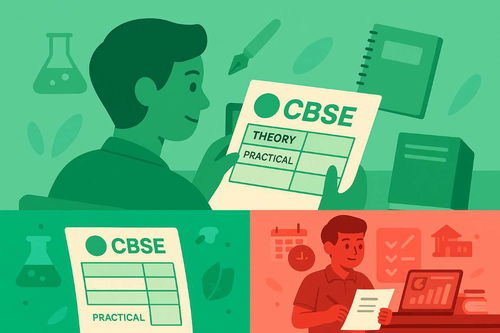
Confused about CBSE passing marks for theory and practical exams? This guide explains the minimum marks needed to...
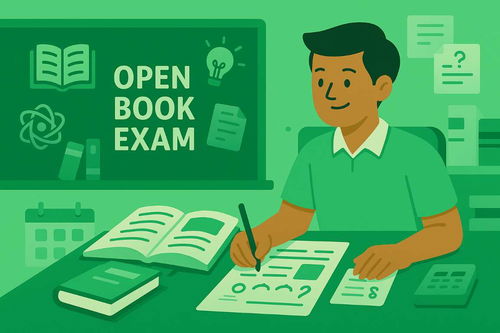
Learn how the CBSE Open Book Exam will be implemented for Class 9 and Class 11 students. Understand the benefits,...
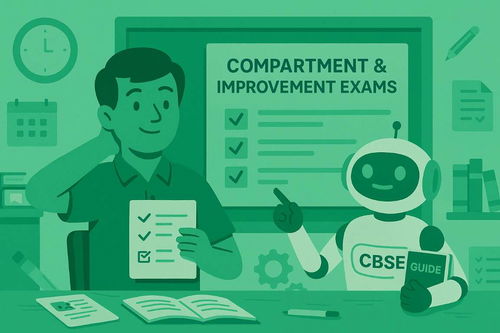
Confused about the CBSE compartment and improvement exam process? This complete guide explains eligibility, how to...
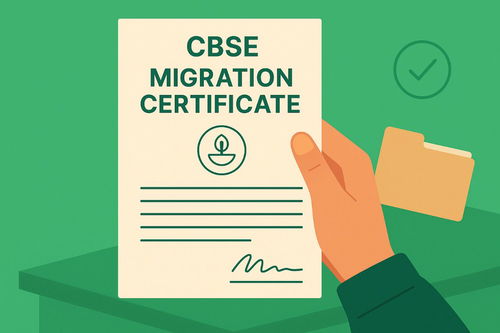
Learn how to obtain your CBSE Migration Certificate after Class 10 or Class 12. This detailed guide walks you...

Confused about your CBSE Admit Card? This easy step-by-step guide explains how to download it, what details to...

Discover what CBSE competency-based questions are and learn how to answer them expertly to you ace your exams.

Boost your Class 10 CBSE board prep with sample papers. Learn how to revise smartly, manage time, and score higher...

Learn how to score high in the CBSE curriculum with a subject-by-subject guide, expert tips, and AllRounder.ai tools...

Compare CBSE vs ICSE to choose the best board for your child. Understand syllabus, teaching style, exam prep, fees, and more.

Understand the latest CBSE marking scheme and question paper pattern. Learn about competency-based questions,...

Want to score above 95% in your CBSE Class 10 boards? Our strategy guide breaks down topper study plans to revision...

Compare CBSE vs ICSE to find the best board for NEET and JEE preparation. Understand syllabus match, exam formats,...

Treat your CBSE Class 12 exams using an athlete's approach to help you train, strategize, and perform your best on exam day.

Get ready for your CBSE Class 10 board exams with our survival kit. Find the official syllabus, a smart study...

Learn how to verify CBSE marksheets, certificates, and results online. Step-by-step guide for students and parents...

Master CBSE with top-rated tools, study planners, and expert online help. Perfect guide for Class 9–12 students...

Learn about CBSE – its full form, history, objectives, and structure. Get insights into CBSE’s role in Indian education.
Resources
-
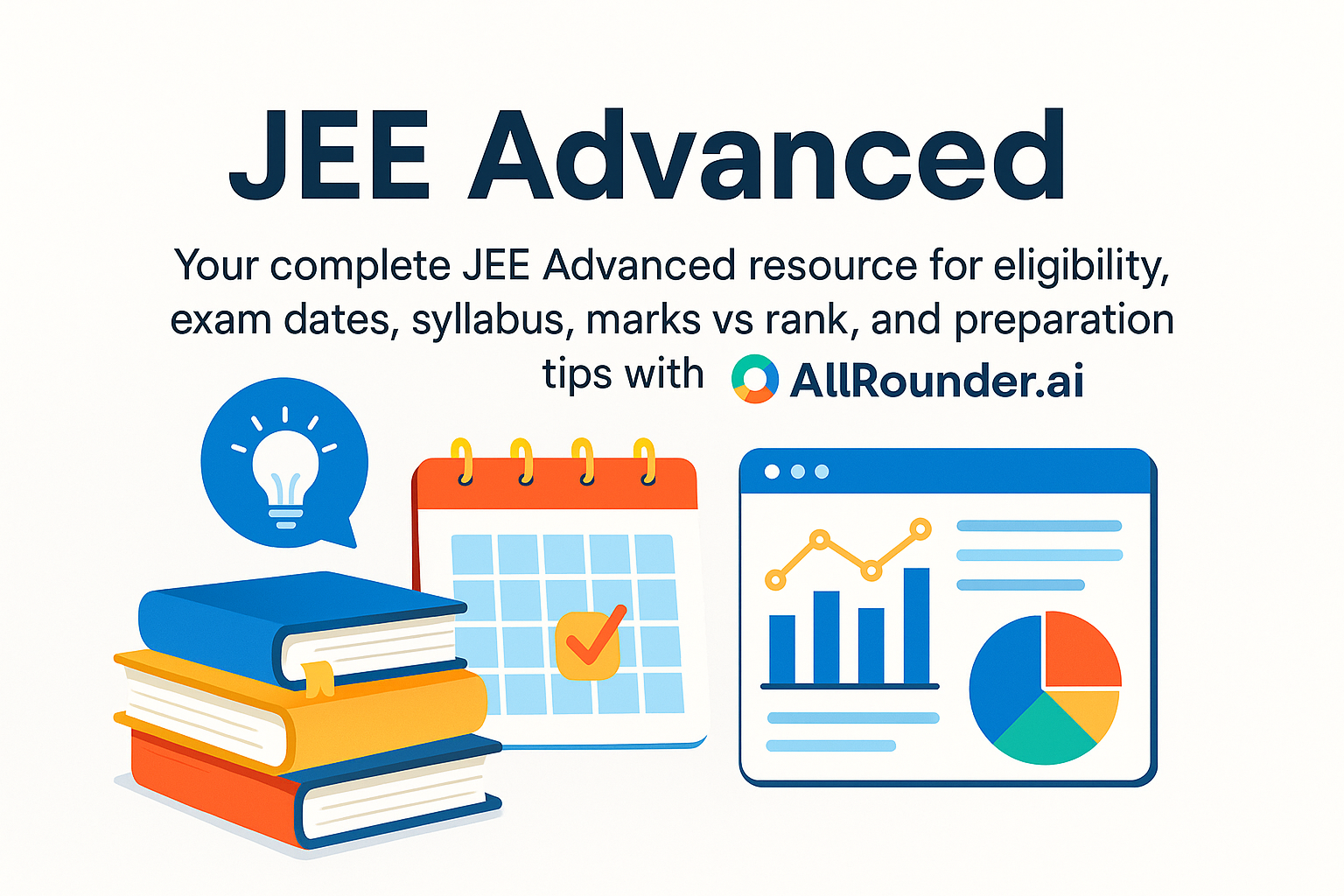
Your complete JEE Advanced resource for eligibility, exam dates, syllabus, marks vs rank, and...
-
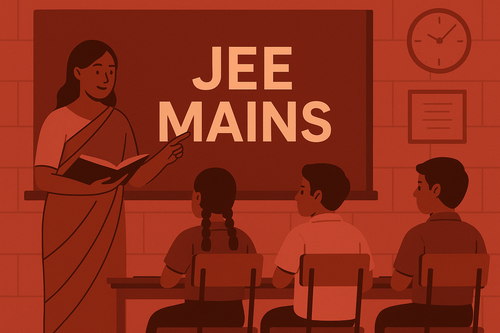
Understand the entire JEE Main process, from application and eligibility rules to the exam...
-

Explore the IB Board – a global curriculum emphasizing holistic, student-centered learning...
-

Learn about CBSE – India’s national school board offering a standardized curriculum, NCERT...
-

Explore everything about the ICSE board – its curriculum, subjects, exam format, and academic...

